
The Art of Bespoke Shoe Last Making
In the world of bespoke shoemaking, the creation of a custom shoe last is one of the most crucial steps in crafting a pair of perfectly fitting shoes. A shoe last is a three-dimensional model of a foot that serves as the foundation upon which shoes are constructed. The art of last making is a meticulous and highly skilled process, requiring a deep understanding of anatomy, materials, and shoemaking techniques. Here’s an in-depth look at the fascinating art of bespoke shoe last making and why it is essential to the creation of exceptional footwear.
Understanding the Shoe Last
What is a Shoe Last?
A shoe last is a solid form, traditionally made from wood, but now also from plastic or metal, around which a shoe is molded. It dictates the size, shape, and fit of the shoe, influencing the comfort, aesthetics, and overall performance of the final product. The last includes features such as the instep, heel, and toe box, each tailored to fit the wearer’s foot precisely.
The Importance of a Custom Last:
In bespoke shoemaking, a custom last is created for each client to ensure the perfect fit. Unlike mass-produced shoes that are made using standardized lasts, bespoke shoes are tailored to the unique dimensions and contours of an individual’s feet. This customization addresses specific foot characteristics and irregularities, providing unparalleled comfort and support.
The Process of Last Making
1. Measurement and Assessment:
The process begins with a comprehensive foot shape acquisition process. This involves obtaining information about the client's feet including the length, width, and girth of the foot at multiple points, as well as noting any specific characteristics like high arches, bunions, or other anatomical nuances.
2. Creating a Last Model:
Using the gathered measurements, a last model is created. This can be done through traditional hand-carving methods or with the aid of modern technology such as 3D scanning and printing. Hand-carving involves shaping a block of wood into the precise form of the client’s foot, while 3D scanning captures the exact dimensions digitally, which can then be printed or used to carve the last.
3. Finalizing the Last:
After the refinements, the last is finalized. This involves smoothing out any rough edges and ensuring the last is symmetrical and balanced. The finished last will be used as the template for constructing the bespoke shoes, ensuring they fit the client perfectly.
The Artistry in Last Making
Craftsmanship:
The creation of a bespoke shoe last is a true art form that combines traditional craftsmanship with modern precision. Shoemakers must have a deep understanding of foot anatomy, material properties, and shoemaking techniques. The ability to translate a two-dimensional measurement into a three-dimensional model requires both skill and experience.
Attention to Detail:
Every detail matters in last making. From the curvature of the arch to the width of the toe box, each element must be meticulously crafted to ensure the shoe will be comfortable and supportive. The artisan’s ability to make precise adjustments and refinements is what sets bespoke shoes apart from their mass-produced counterparts.
Personalization:
One of the most significant aspects of bespoke last making is the level of personalization it offers. Clients can specify their preferences for fit, comfort, and style. Whether they require extra room for a bunion, a higher instep for better arch support, or a unique toe shape, the bespoke last can accommodate these needs, resulting in a pair of shoes that feel uniquely their own.
Benefits of a Custom Last
1. Perfect Fit:
The most obvious benefit of a custom last is the perfect fit it provides. Unlike off-the-shelf shoes that may fit adequately but not perfectly, bespoke shoes made from a custom last conform to the exact dimensions of the wearer’s feet, offering superior comfort and support.
2. Enhanced Comfort:
A well-fitting shoe reduces the risk of blisters, calluses, and other foot issues that often arise from poorly fitting footwear. The custom last ensures that pressure points are minimized, and the foot is properly supported, enhancing overall comfort.
3. Improved Durability:
Shoes made from a custom last tend to wear more evenly, as the fit is precise and there are no areas of excess stress or friction. This even wear extends the life of the shoes, making them a more durable and long-lasting investment.
4. Unique Style:
The bespoke process allows for greater creativity and personalization in design. Clients can choose from a wide range of styles, materials, and finishes, ensuring their shoes not only fit perfectly but also reflect their personal taste and style.
Conclusion
The art of bespoke shoe last making is a testament to the value of traditional craftsmanship in an era dominated by mass production. This meticulous and highly skilled process ensures that each pair of bespoke shoes fits perfectly, providing unmatched comfort, support, and durability. By creating a custom last tailored to the unique dimensions and characteristics of an individual’s feet, bespoke shoemakers can craft footwear that truly stands out in terms of quality and fit.
For those who value the highest standards of craftsmanship and the unparalleled comfort of a perfect fit, investing in bespoke shoes made from a custom last is a decision that pays off in every step. The art of last making is not just about creating a model of the foot; it is about understanding the nuances of human anatomy and translating that knowledge into a product that enhances the wearer’s experience. In the world of bespoke shoemaking, the last is the foundation upon which exceptional footwear is built, embodying the timeless principles of quality, artistry, and precision.
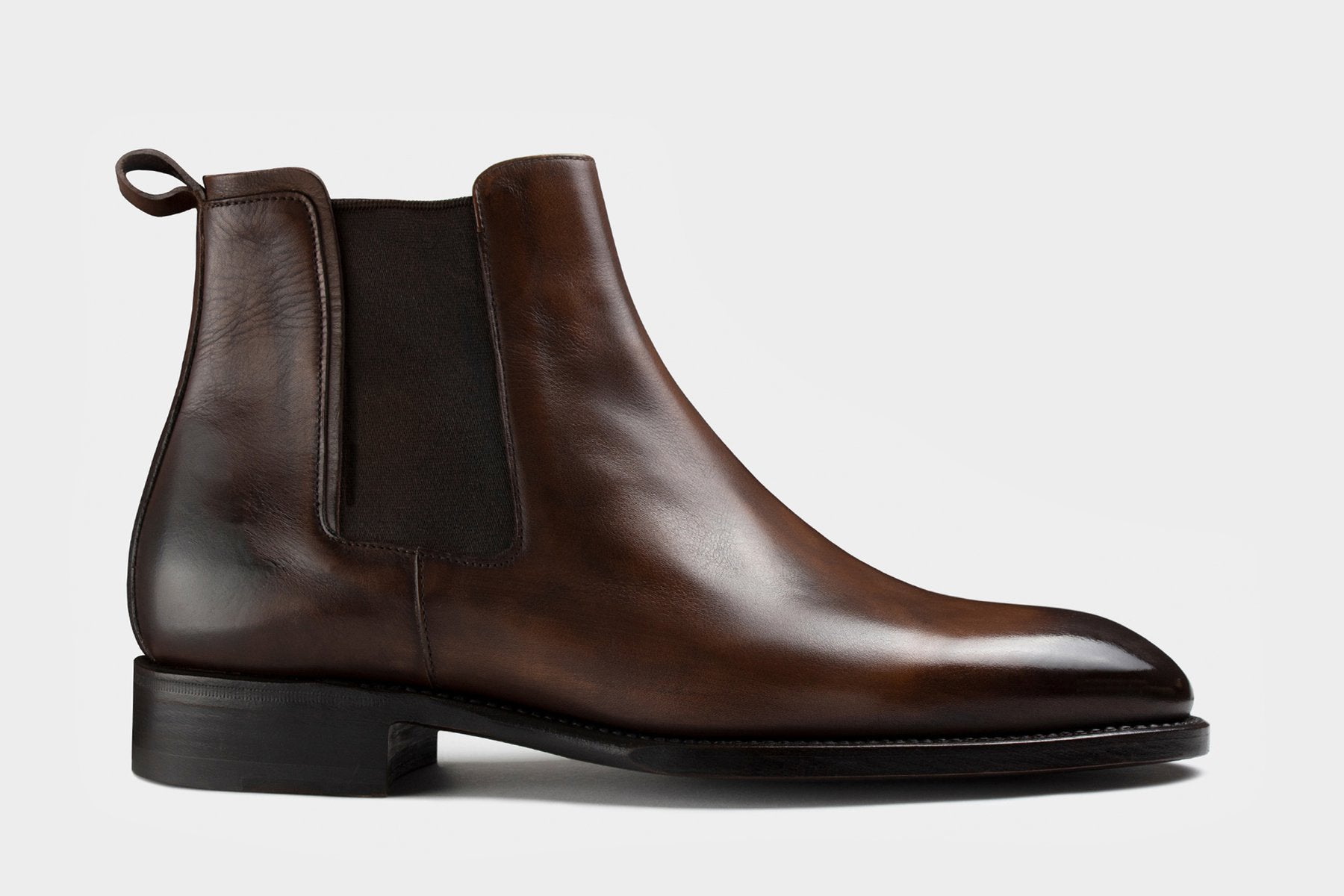
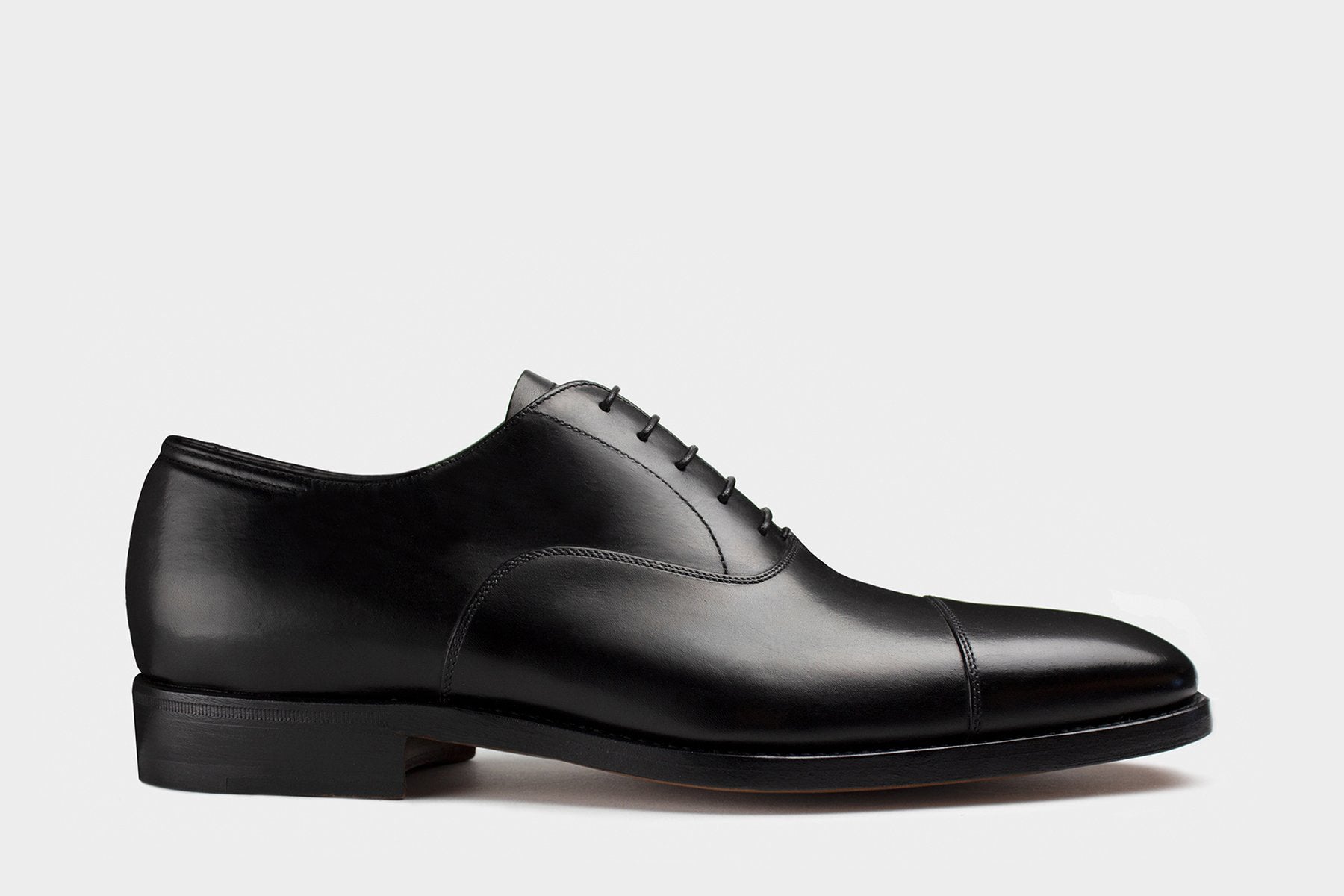
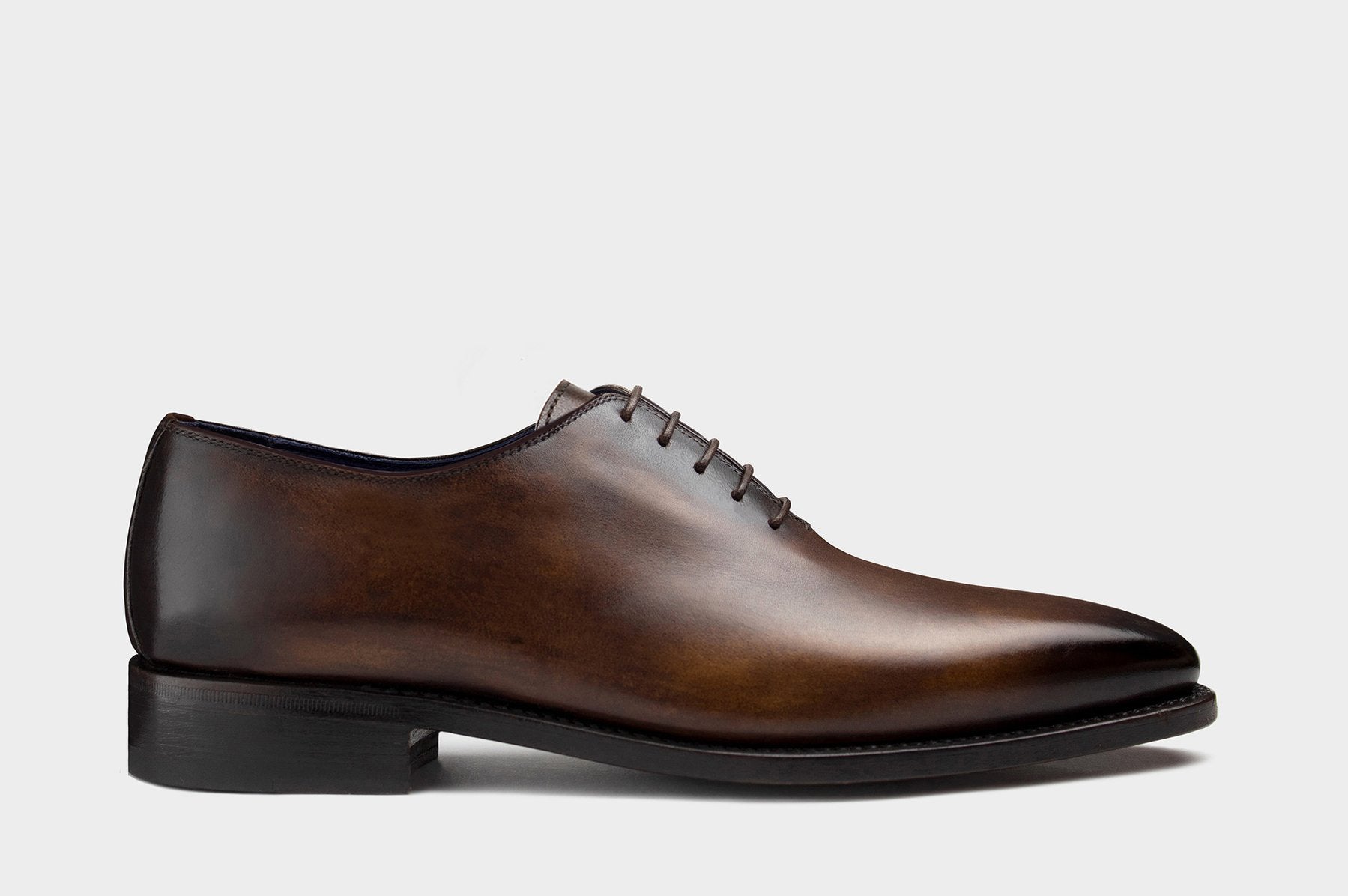
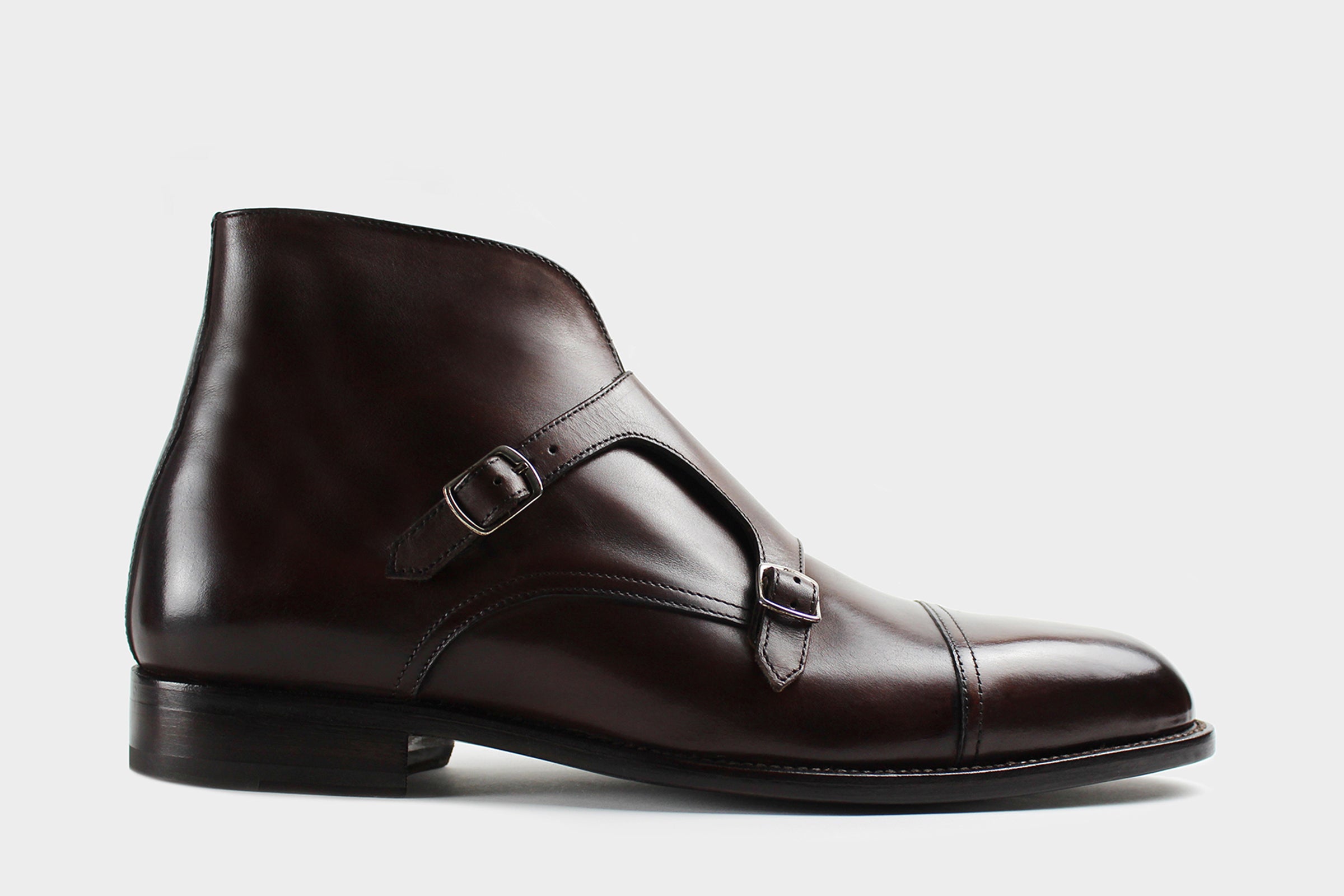
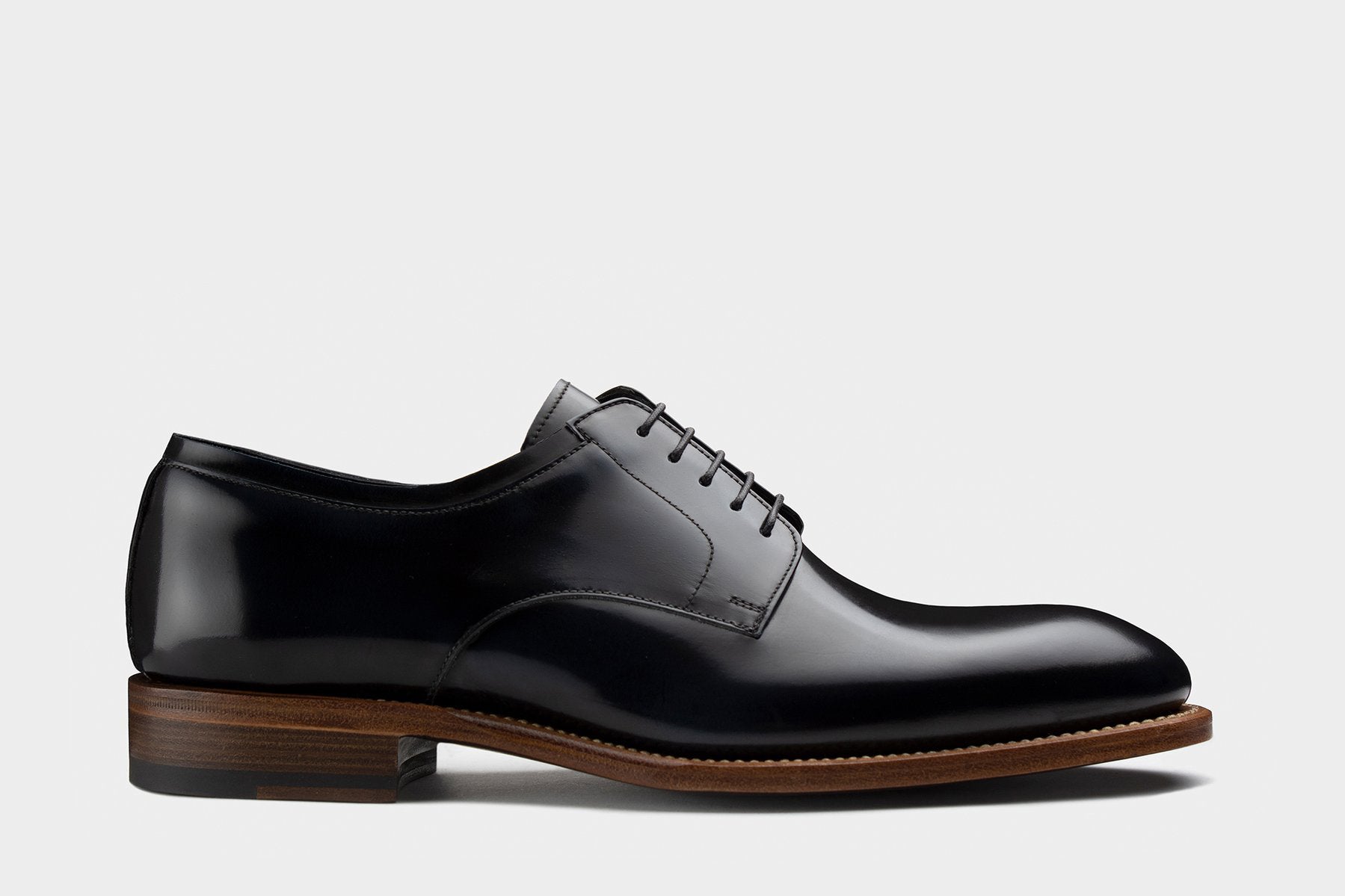
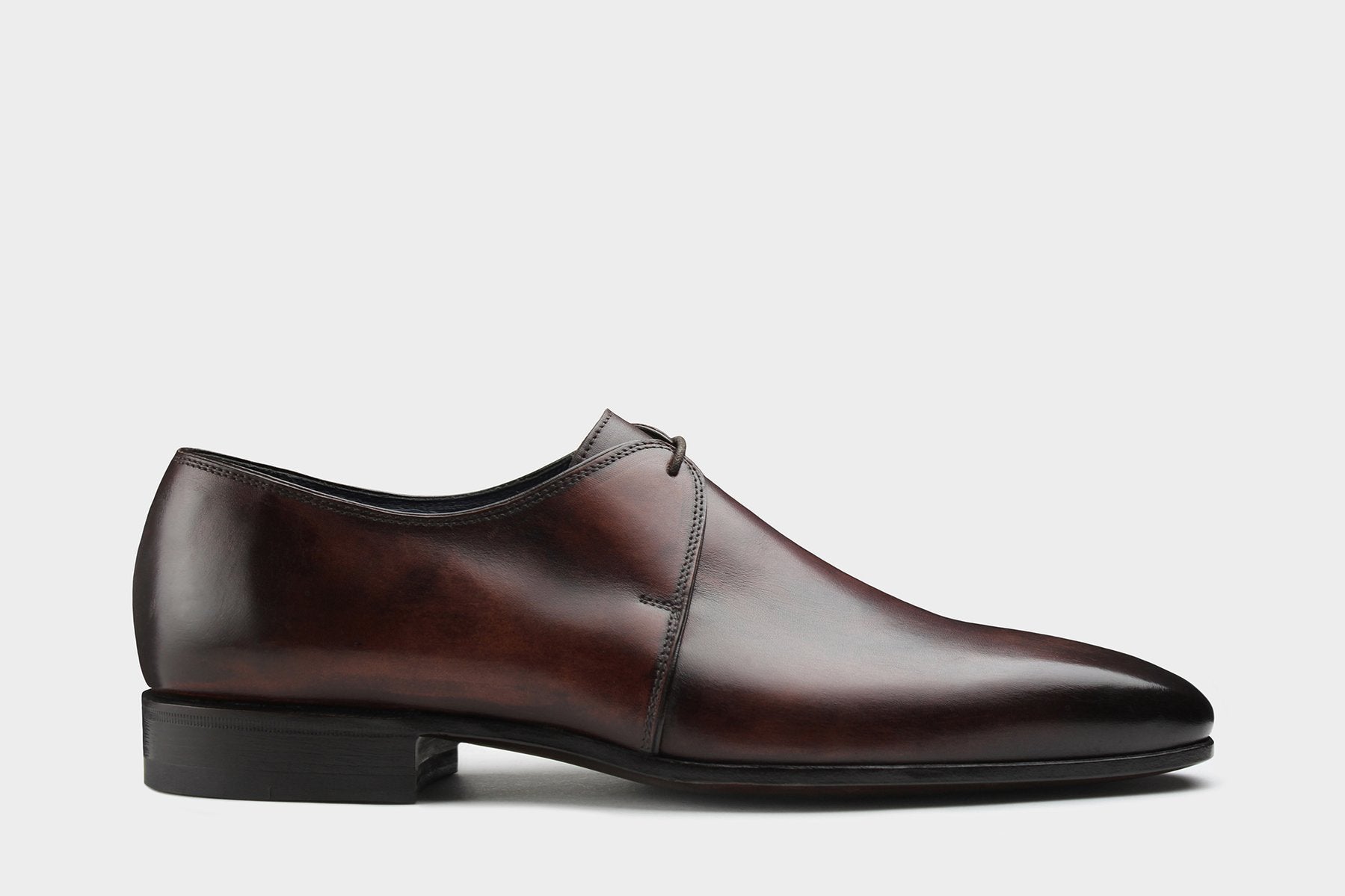
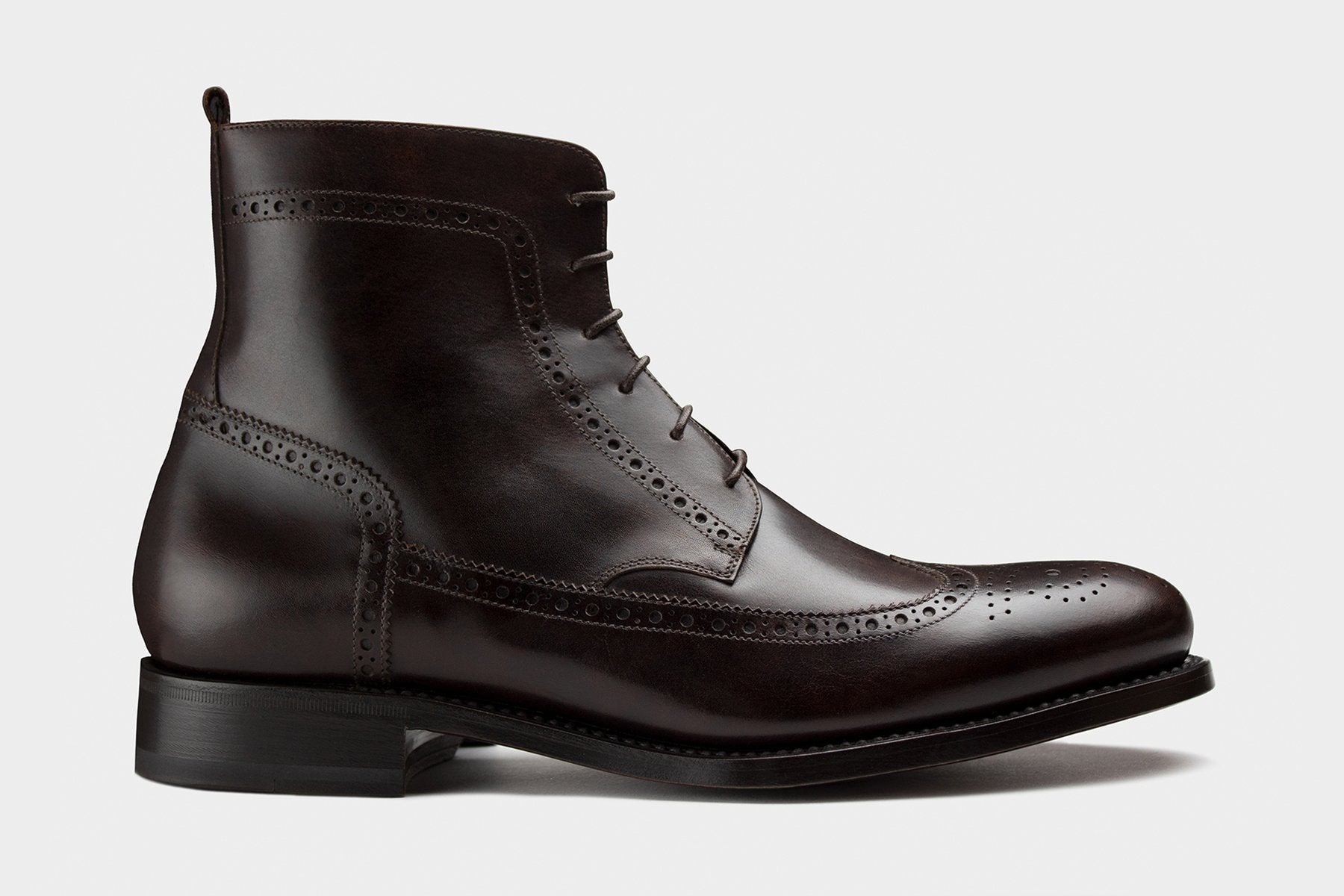
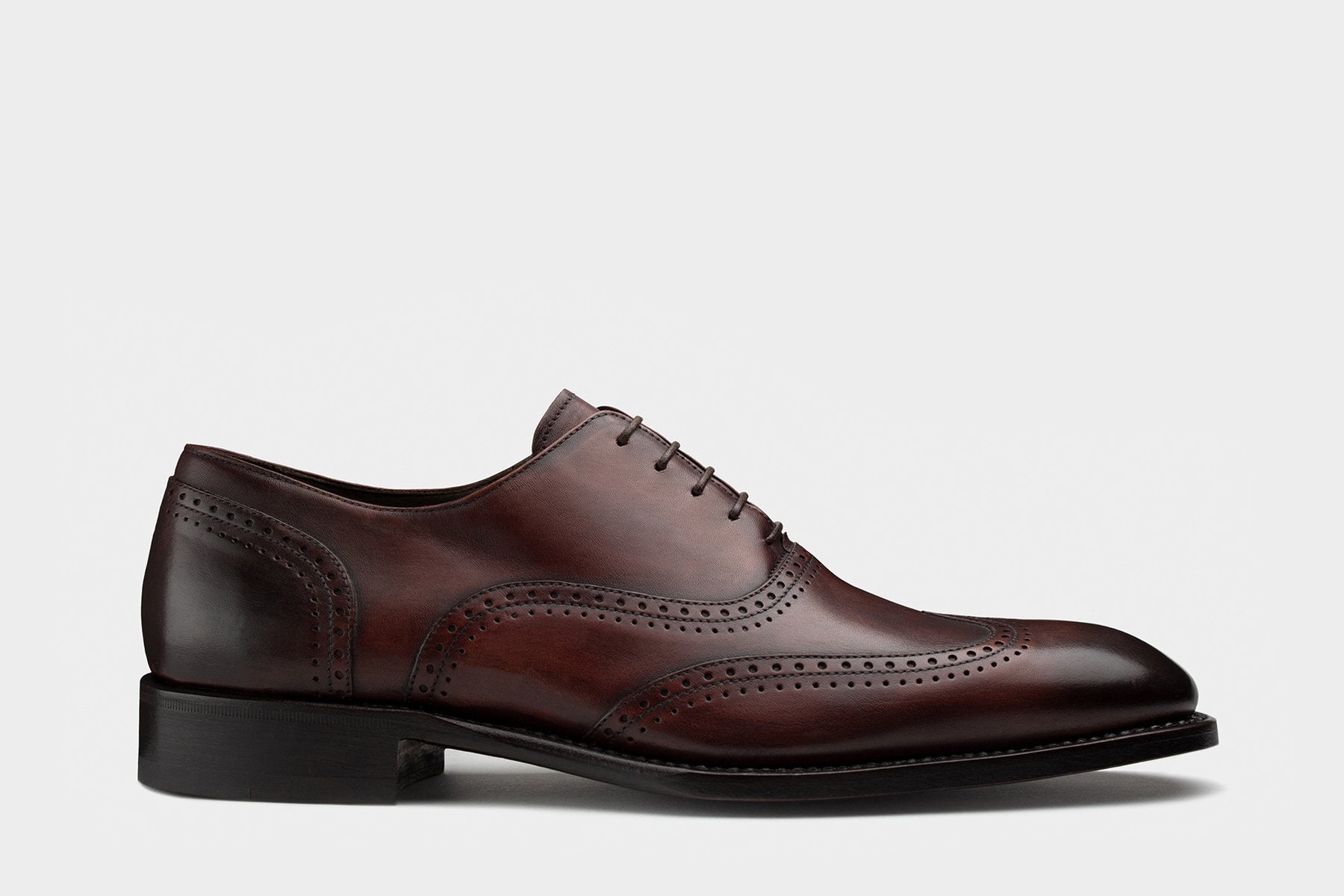
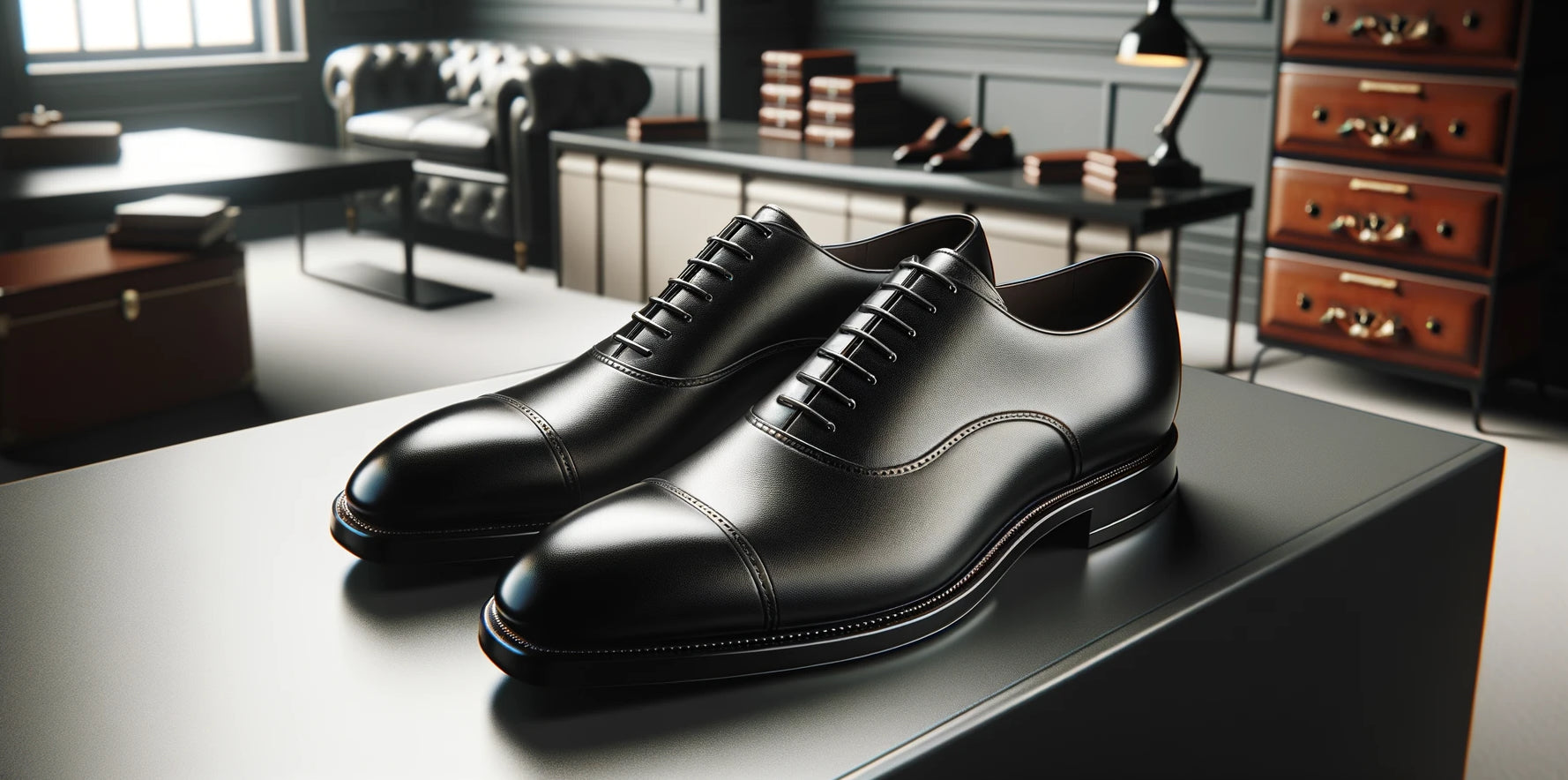
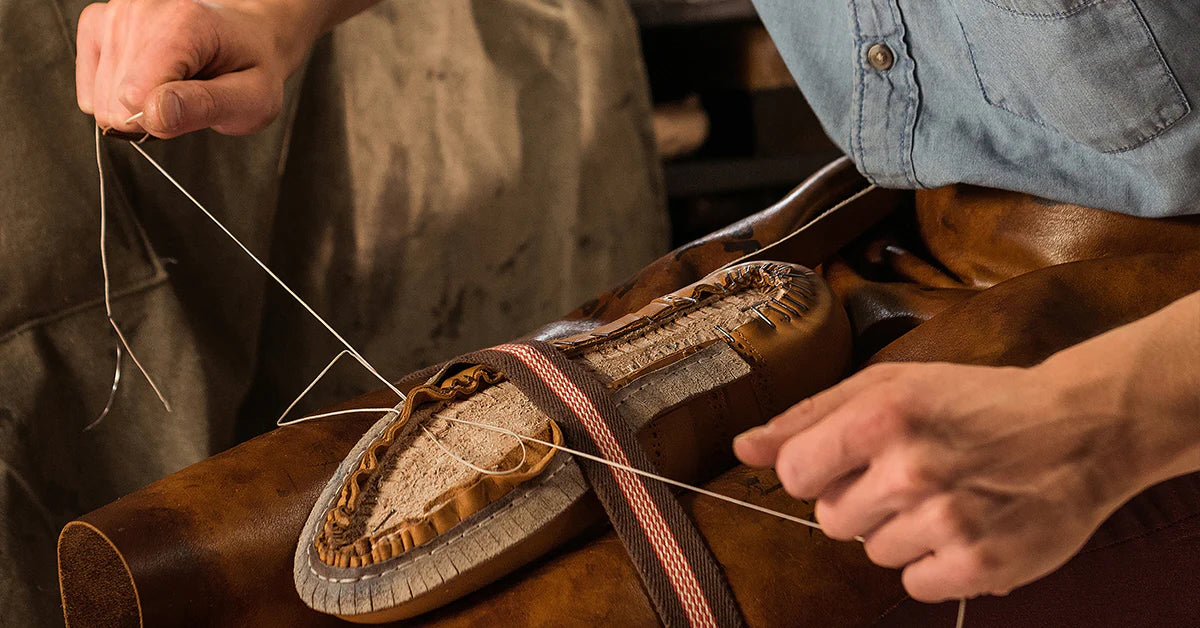
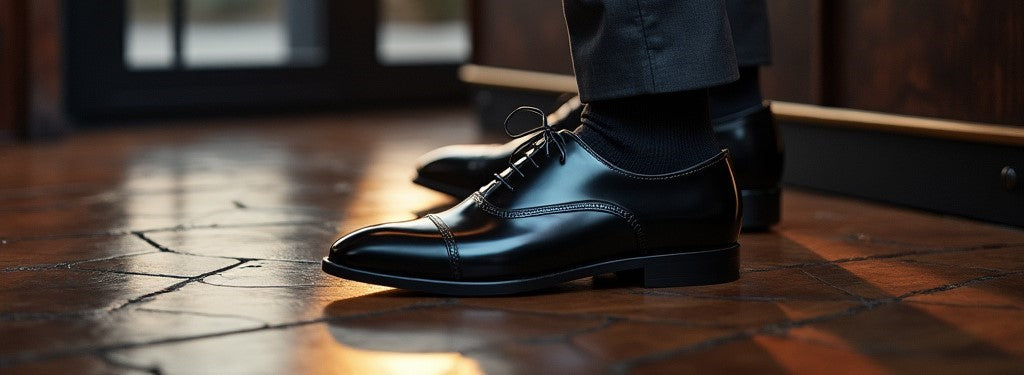
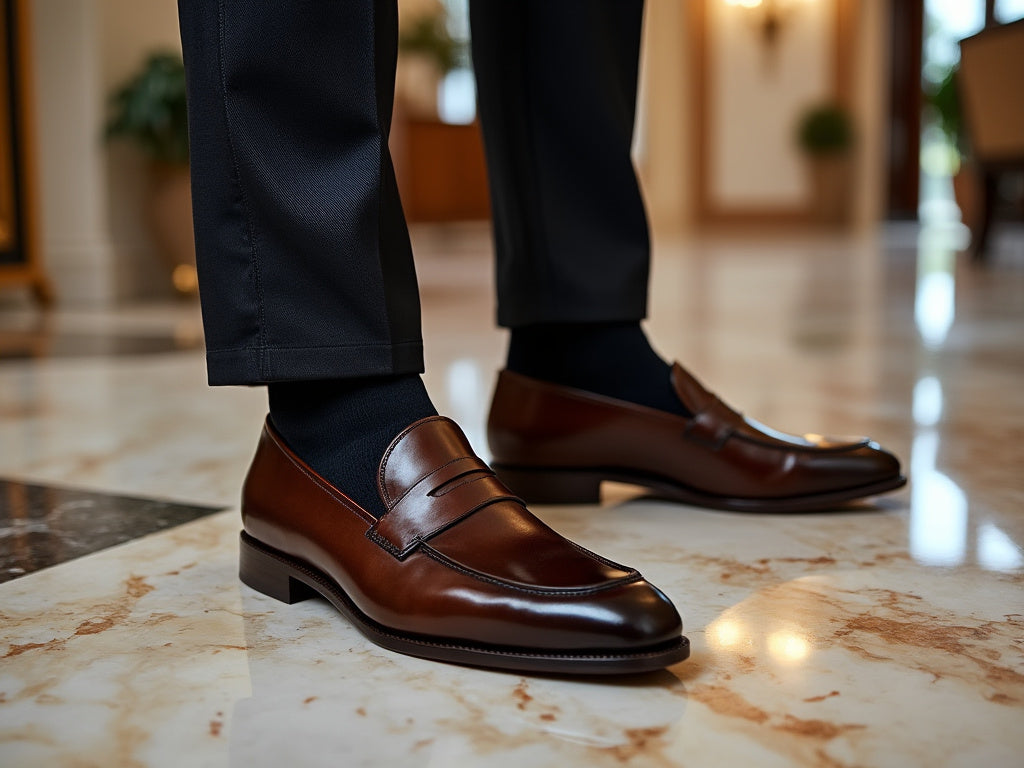
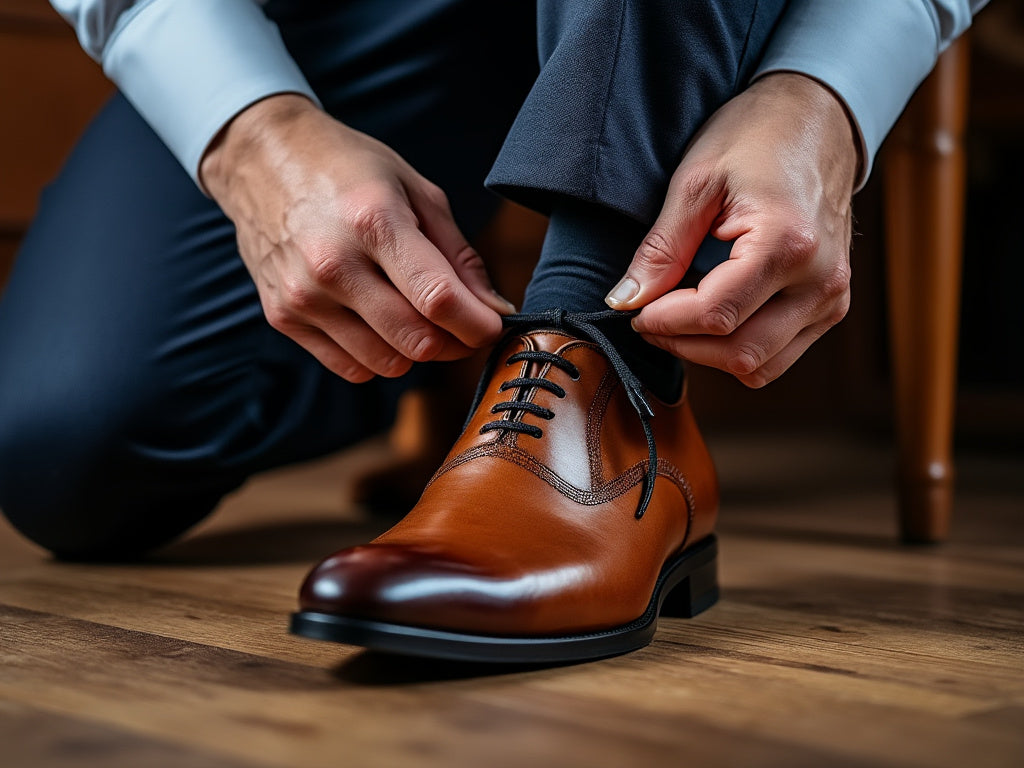
Leave a comment
This site is protected by hCaptcha and the hCaptcha Privacy Policy and Terms of Service apply.